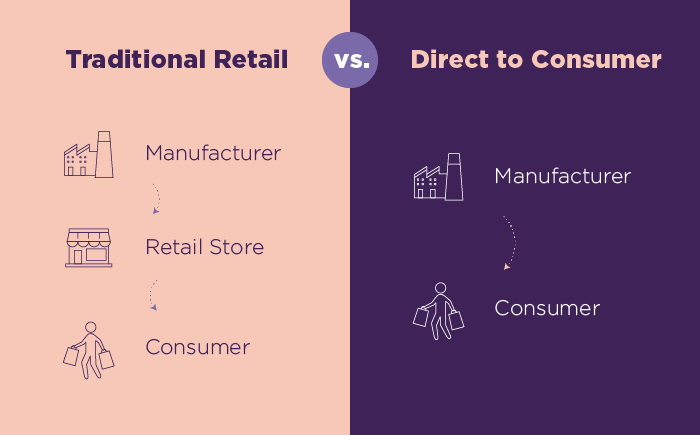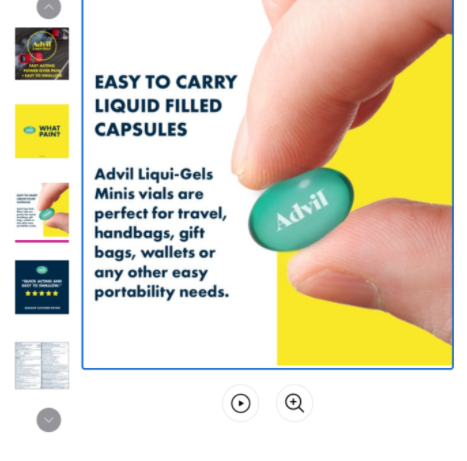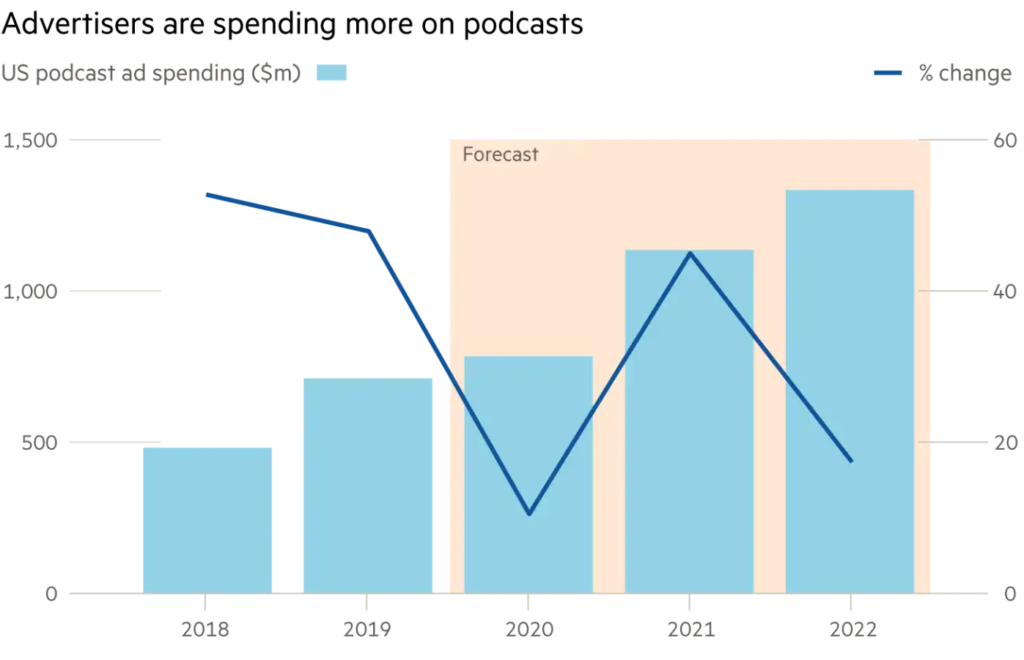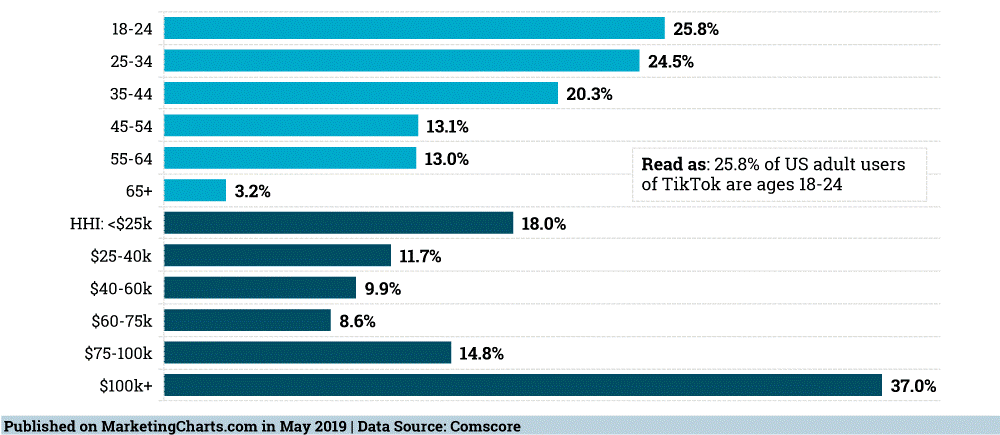The traditional method of selling products was to use a retail middleman, but now there has been a dramatic shift in the way brands are selling their products and choosing to sell Direct to Consumer (DTC) via e-commerce websites and physical stores, rather than use a retail middleman or third party.

Source: Plytix
This relatively easy process of delivering a product directly to a consumer is quite new to retail, with brands like Bonobos and Glossier making the first pivot into the distribution model in the mid-2010s. However, this movement started first in easy-to-ship items like skincare, makeup, and fashion. Now, higher-priced and more complex items like smart home technology are also seeing success in the DTC space.
Relatedly, the overall landscape of online sales continues to grow — with nearly 14% of US total retail sales estimated to come from eCommerce channels by 2021. According to Statista, online sales of physical goods are projected to surpass $603.4 billion in 2021, which is a 40-percent increase from 2016. Companies have the opportunity to capitalize on this trend by creating their own e-commerce sites.
What is DTC in marketing?
In a direct-to-consumer model, products are sold directly to target customers, bypassing any third-party retailers, wholesalers, or any other middlemen. Where this could only be done via catalogs and mail order for much of history, eCommerce has made it much easier for manufacturers to sell directly to consumers. This can mean greater profits for manufacturers, as well as better control and faster time to market for their products.
Direct-to-consumer marketing is all the ways manufacturers reach those consumers and sell them products, from maintaining a website to marketing products on social media to buying ad space online and other strategies. Those strategies for DTC sellers are what we’re going to talk about here.
8 Parts of a Successful DTC Marketing Strategy
DTC strategy is all the ways manufacturers reach those consumers (without any third party interference) and sell them products, from maintaining a website to marketing products on social media to buying ad space online and other strategies. Those strategies for DTC sellers are as follows:
1. Create a brand identity
Now more than ever, it has never been more important for brands to have a strong and consistent identity, and to align their messaging across platforms. That way, when consumers encounter your brand, they immediately recognize who you are and what you’re selling.
2. Get Social with your Marketing
Social media is a great place to gather useful data about your customers. By analyzing a social following, you can learn about your audience’s demographics, likes and interests, behaviors, social media activity, and utilize this information to improve your marketing.
3. Personalize Each Shopper’s Experience
Since more and more, online shoppers demand consistent, personalized experiences when they shop, find ways to personalize what customers experience when they shop your brand. The brands that have the most loyal customers are the ones who understand the relationship between an experience and a transaction.
4. Take Your Marketing Offline
While many DTC companies have risen to prominence because of the rise of eCommerce, there’s still something to be said for traditional, offline marketing. You can still take your marketing offline.
5. Reach customers the old fashioned way: Email
Even in the age of social media, email is still a powerful way for marketers to reach customers. Utilize any existing customer emails you have by sending out periodic offers that entice people to make repeat purchases.
6. Go viral
Creating viral-ready content is one strategy that can maximize the number of eyes that reach your site, but the problem here is that no one can really predict what will go viral.
7. Partner with people who can market for you
No social strategy is complete without some strategic partnerships, which your brand can use in a number of ways. While many brands pay to find success by partnering with influencers, celebrities, or other people who have high follower counts on social media, you can partner with normal, everyday customers who love your product. They can create word-of-mouth campaigns that can be effective without spending a dime.
8. Market-based on data
One of the most effective ways to market using data is to target specific subsets of your audience with offers that are especially relevant to them. Think offers like free trials, sample products, and coupon codes.
What is a DTC model?
This business model has the following characteristics:
- No middlemen: DTC companies don’t use wholesalers or retail stores to manage their products.
- Platform-based: Many DTC companies use platforms like Amazon, Instagram, Facebook, and Google to sell their products directly to customers.
- Manage the end-to-end process: DTC companies manufacture, market, sell and ship their products themselves.
Why Are Companies Adopting the DTC Business Model?
- Brands have more control over the customer experience
- Brands can sell products at a lower cost
- Brands have more control over customer data
What is a DTC website?
This is a website used by a business for direct-to-customer transactions. Websites facilitate relationship-building because even if a visitor doesn’t buy from a company site immediately they may return later or share their friends and family.
By building your own eCommerce platforms, your company creates the opportunity to interact directly with a customer, collect valuable data and build a mutual relationship of trust and loyalty.
Examples of Companies succeeding in DTC
Brands like Allbirds, Casper, Glossier, Warby Parker, etc are one of the marquee direct-to-consumer brands, however, new DTC brands are being launched. Examples of such businesses that are succeeding include:
Hyphen Sleep
One of many seemingly-endless DTC mattress companies like Casper and Leesa, Hyphen Sleep differentiates itself with an innovative design made with ethically sourced materials.
Source: Hyphen Sleep
4Ocean
This is an innovative bracelet company that pulls a pound of waste from the sea for every item purchased. In addition to one-off purchases, they use a subscription model for consumers who want to show long-term support
Source: 4Ocean
Barkbox
Barkbox is a subscription box service for dogs and their humans that launched in 2011. They offer just one product: A monthly subscription to a box of curated treats, toys, and other products for pampered pups. The startup has now shipped more than 10 million boxes.
Source: Barkbox
Conclusion
The future of DTC marketing is certain. DTC is here to stay. No matter which DTC marketing channels you pick, the principles discussed will always work because they are based on how people like to interact with brands.







